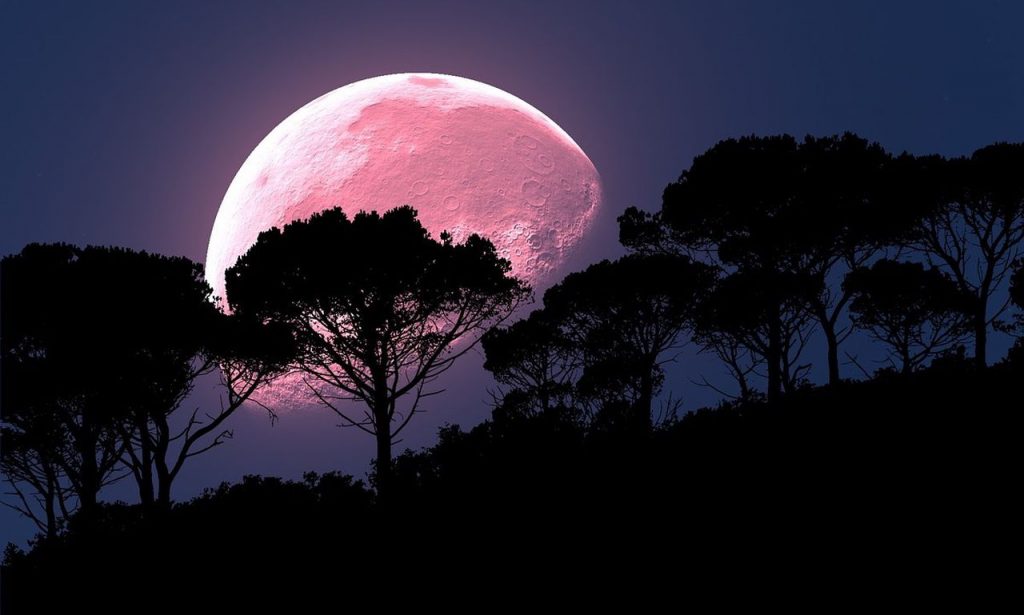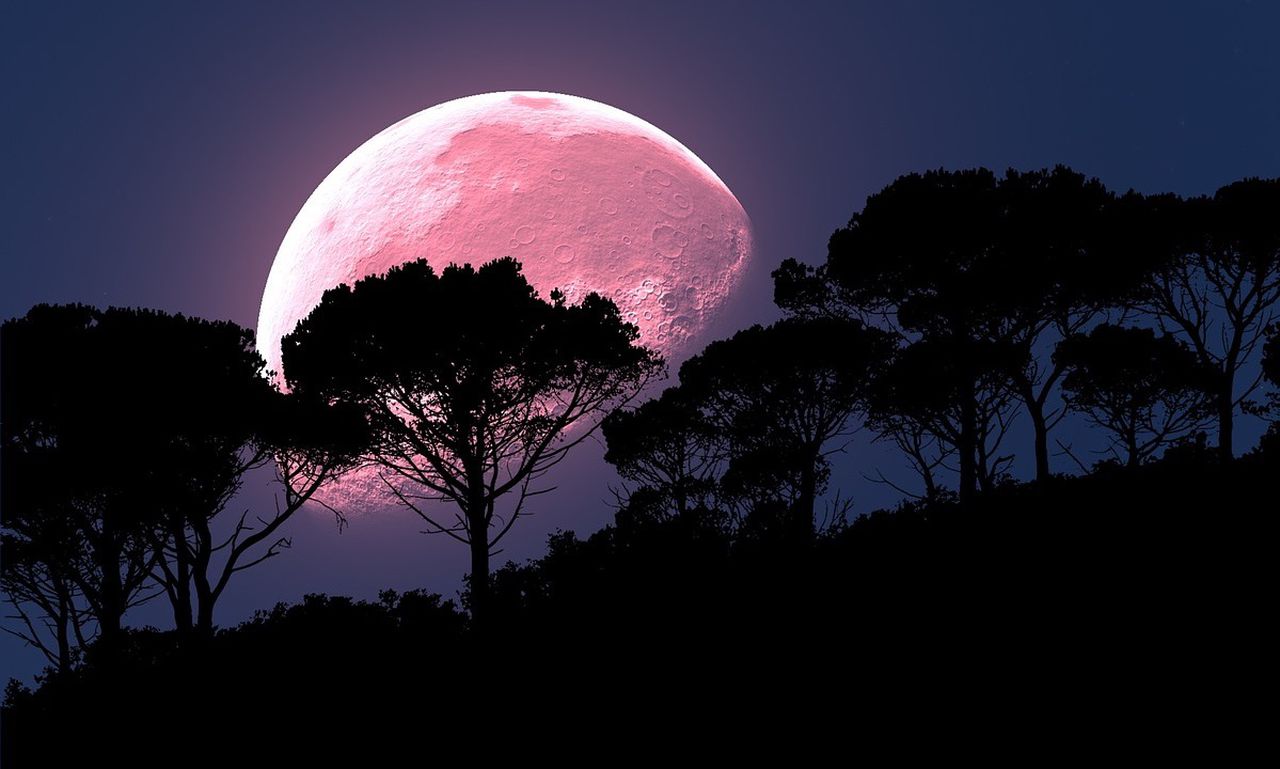Reducing the levels of air pollution since the decree will improve the visibility of astronomical events in April, such as the supermoon on April 8 or the Lyrids from April 16th to 25th.
As reported by a Meteorological Department, on April 8th youwill be able to see the ‘pink’ supermoon , when the sky will light up more than usual as the moon is at the point of its orbit closest to Earth. In fact, according to the weather portals, “this is probably the biggest and brightest full moon of the year.”
The name is slightly deceiving because the Moon won’t actually look pink but a slightly pale orange.
“The size of the moon will increase 7 percent and the flare will increase 15 percent,” they say. It is called a pink supermoon because of a wild pink plant that blooms at this time in the United States.
According to North America’s oldest continuously published periodical Old Farmer’s Almanac, “April’s full Moon often corresponded with the early springtime blooms of a certain wildflower native to eastern North America: Phlox subulata — commonly called creeping phlox or moss phlox — which also went by the name moss pink.”
Then, between April 16th and 25th you can watch the ‘ Lyrid ‘ star shower. The most active day will be April 22nd, one day before the new moon. The average rate is usually 18 meteors per hour, with speeds of 49 kilometres per second.
The Lyrids are fragments of the comet C / 1861 G1, named (Tatcher), which orbits the Sun once every 415 years. When the Earth passes through a ring populated by these fragments , they enter our atmosphere and become calcined by the friction of the air, thus creating the luminous glow that we know as a shooting star.


